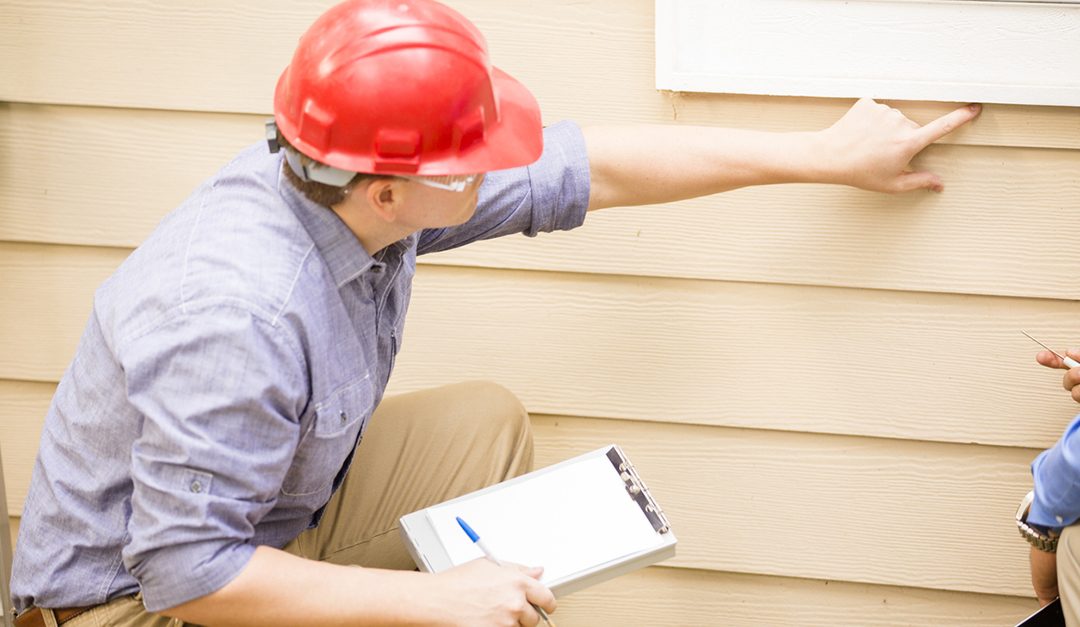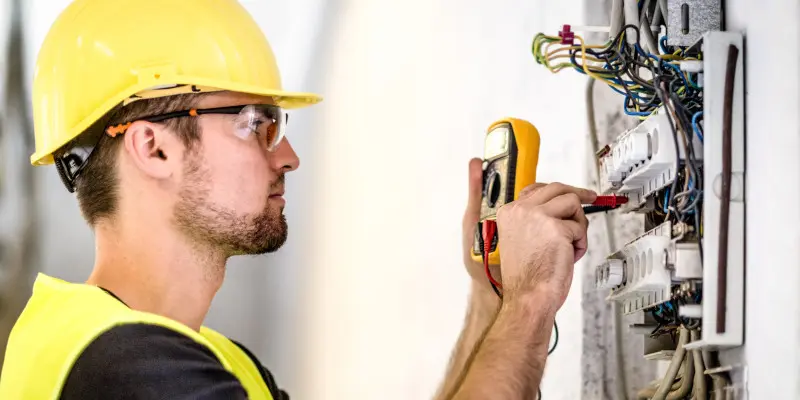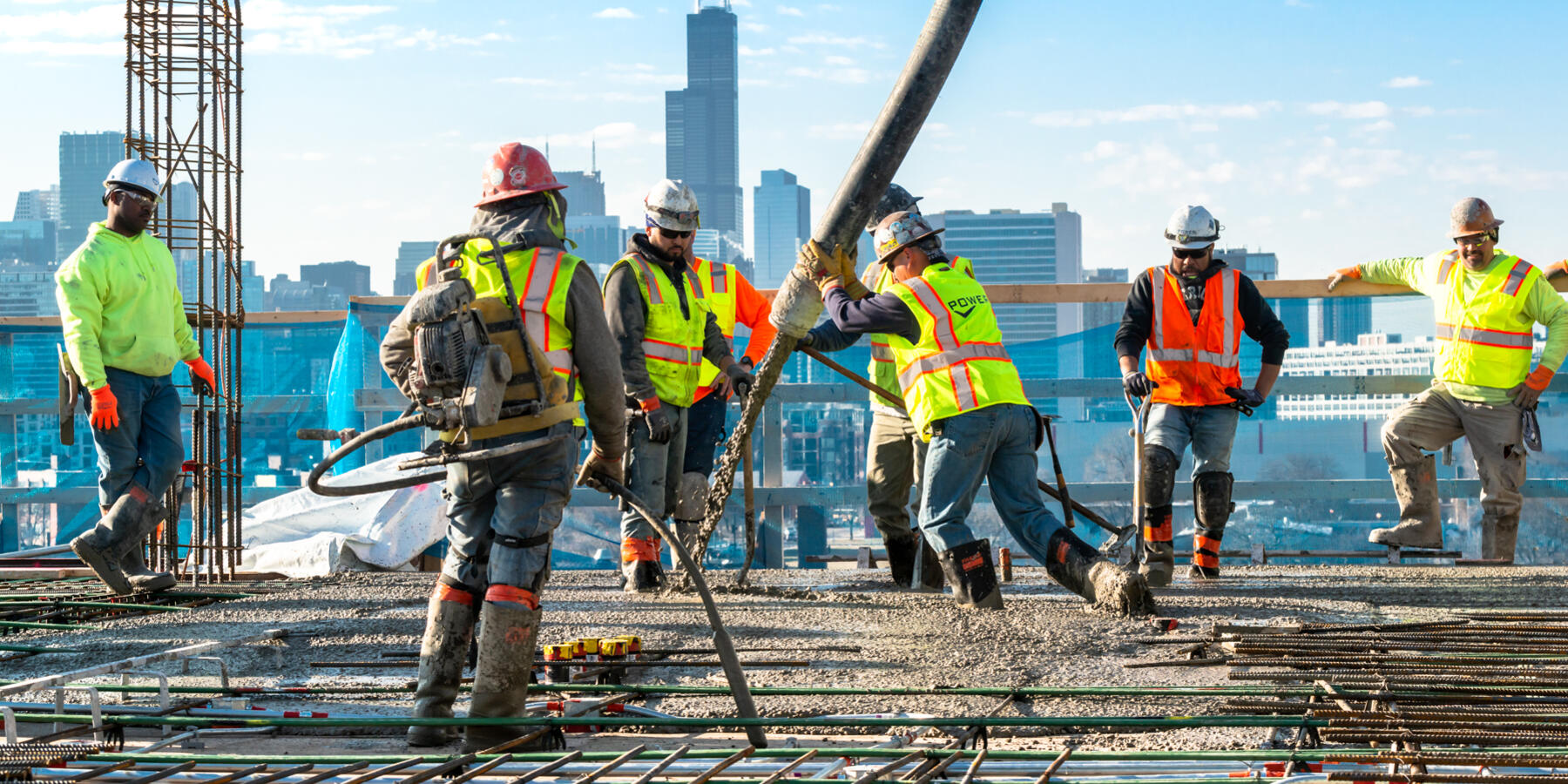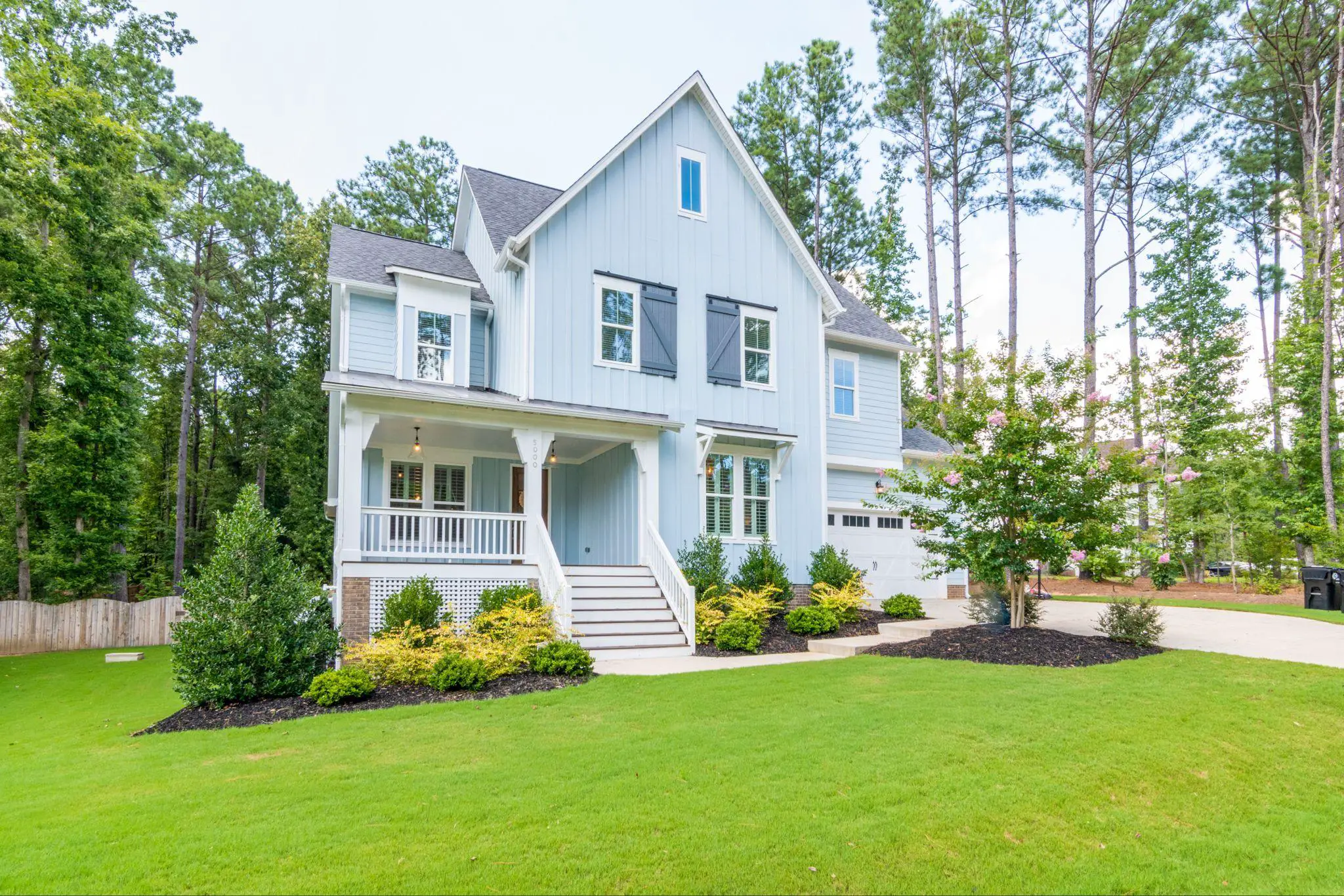The home inspection is a pivotal day in the home buying process. Until the home inspection, you as the potential buyer or seller have not discovered any necessary repairs beyond cosmetic issues visible as you walk through the home. After a professional inspector walks through the house, hidden problems may become apparent and signal the need for a repairs addendum or repairs credit.
Hidden problems don’t have to be a deal breaker though. Here is a list of the 10 most common repairs home buyers and sellers successfully make after they are revealed by a home inspection.
Trip Hazards
While technically not part of the house itself, home inspectors check homes, porches and the surrounding areas for trip hazards. Trip hazards are caused by an abrupt change in elevation on a walking surface, and can be dangerous to residents and guests. Common examples are tree roots, broken pavers, or uneven slabs in cement sidewalks. The home inspector will usually flag these for repair.
Broken Appliances
Appliance repairs are another common issue home buyers and sellers encounter. While home inspectors won’t inspect every single appliance within the home, they will look at major appliances to make sure they are functioning properly and aren’t a threat to the home buyer.
Appliances often included in the inspection:
- Kitchen stove
- Dishwasher
- Built-in microwave
- Garbage disposal
- Stove hood
- Oven
- Refrigerator and freezer
Septic & Plumbing Problems
Plumbing is an area where many things can go wrong and remain hidden until the damage has spread. This is why a thorough plumbing inspection is part of any good home inspector’s routine. Inspectors will look for leaks, broken or corroded pipes, water damage around plumbing fixtures, as well as any signs of mold or mildew. If problems are revealed they will be able to recommend a qualified professional to carry out the repairs.
Electrical Issues
Just like plumbing issues, electrical problems can go undetected in the home buyer’s walkthrough, and cause many hazardous situations down the road. A thorough home inspector looks at the electrical details in the home and ensures they are safe and up to code.
Common electrical problems include:
- Taped or spliced wires
- Three-prong outlets that aren’t grounded (this could cause electrical shocks)
- Painted outlets (this could cause overheating)
- Circuit breakers with more than one live wires running to it
- Missing or not-functioning GFCI outlets
Fire Hazards
Many fire hazards originate within the electrical system However, home inspectors also check for other factors, including the smoke and carbon monoxide detectors to make sure they are adequately installed and functioning well. Inspectors will also check for fire extinguishers.
Pest Infestation
Most home inspectors do a preliminary pest inspection while looking at the house. They look for signs of an infestation that may be visible at a surface level. Many states also require a termite inspection before the sale of a home. This inspection will reveal any infestations and help the buyers and the sellers form a plan to carry out the repairs.
Asbestos, Radon & Lead Paint
Some older houses were constructed with asbestos, radon, or lead paint. If a home inspector finds evidence of one of these materials in the house, action will need to be taken, as all three can cause serious health problems.
HVAC Problems
Many times, inspectors find some common issues with the HVAC system during the inspection process. Things like dirty filters, ductwork problems, or dirty coils can impair the function of the HVAC unit. Other common issues include exhaust system issues, a cracked heat exchanger, condenser unit issues and missing parts.
Chimney & Roof Damage
Chimney and roof damage is commonly found in home inspections. In many cases, it is a surprise because it’s difficult to see on top of the roof or chimney from the ground. If roof or chimney damage is discovered, quick action is necessary to fix the problems. Not only could it be a deal breaker for the potential buyers, but a faulty roof can allow water to seep in during rain storms and cause extensive water damage to the attic and ceiling. Make sure to find a roofing company that specializes in roof repairs to give a professional inspection and quote for repairs.
Structural Damage
While it is rare, if the home inspector finds structural damage it is a necessary repair that must happen before you sell or buy the home. Structural damage can lead to situations like sagging roofs, angled floors, or cracks that open your home up to water damage and insect infestations. If structural damage is discovered, get a quote from a specialist or two, so that you understand what you will need to do to fix the problem.
Whether you’re a buyer or a seller, if problems appear on your home inspection report – don’t worry! Repairs are a normal part of the home buying and selling process, and certified experts perform home repairs every day for a living. The next step after the report comes back is to take a deep breath, assess the repair needs, and then make some phone calls to schedule estimate appointments and receive quotes from contractors.
Make sure to consult your realtor in the repairs process, as they may need to file paperwork, amend the contract, or communicate with the other agent about the decisions.






